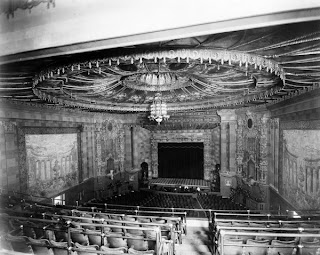If you have been in San Francisco for any amount of time, then you found yourself on Brannan Avenue in SOMA. As with many of the street and building names, it commemorates the life of a man who was once known as "The First San Franciscan."
Sam Brannan (1819 - 1889) arrived in San Francisco (Yerba Buena) on July 31, 1846, and began to make his fortune. He was the leader of a group of Mormons who were trying to escape the long arm of the United States and settle a new colony on unclaimed land. The spirits of his pilgrims plummeted the minute they got off the ship and saw "Old Glory" waving. Brannan's response was "There's that da*ned rag again."
Sam did not escape the United States, but he did find a place where he could make his fortune. He took the tithes collected by the Mormons, declined turning them into the main church in Salt Lake City, and instead used the money to start the first newspaper in San Francisco (the California Star). In addition, he got into real estate and started a trading post. At one point, he owned one-fifth of the new city. When the gold rush hit, Sam was there getting his share of the wealth by selling supplies to the 49ers. All of these things combined helped to make Sam Brannan one of the richest men in California. He had made it. When he talked, people listened, and this caused him to be a key player in the development of the First Committee of Vigilance when crime plagued this little city in 1851. He was a wealthy and respected business man who had the bay area in the palm of his hand.
And then...
As Sam became more successful, his alcohol intake increased. This was not only a private event, but turned public when he attended the dedication of his new hot springs development. He drunkenly stumbled up to the podium and said, "I will make this the Calistoga of Sarafornia."
Sam never did get over his need for the bottle, and eventually his wife divorced him and took most of the San Francisco real estate with her. In the end, Brannan went broke and died a pauper around San Diego. From rags to riches to rags.
Despite his tragic end, he was definitely one of the founding fathers of San Francisco. His name lives on around the street that is his namesake. As you travel the avenue, you will notice apartment buildings, cafes, and other shops with the word Brannan in the title. 111 years after his death, and he still has a presence in this city. Not bad for a Mormon elder who started out trying to escape the United States in order to establish a new colony.
Cheers!
Mike
Source: The awesome Historic San Francisco: A Concise History and Guide, by Rand Richards.


















